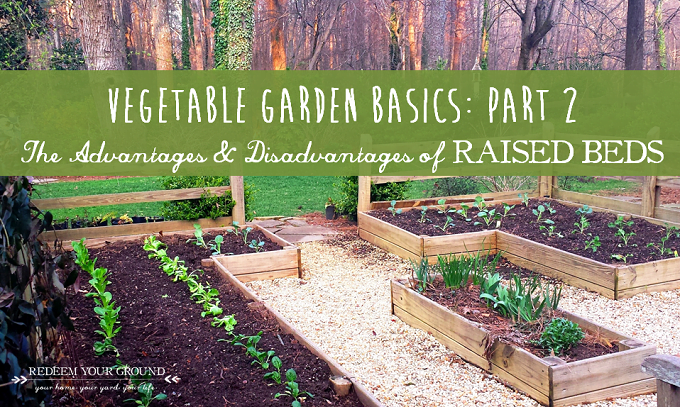Hey there! In this article, we’ll be discussing the disadvantages of using raised beds for gardening. We’ll explore the reasons why they might not be the best option, especially if you’re into off-grid living and gardening. By the end, you’ll have a better understanding of why raised beds may not be the ideal choice and what alternatives you can explore instead. So, let’s dive in and discover why raised beds might not be the most suitable option for your gardening needs.
Understanding the disadvantages of using raised beds for gardening
If you are an avid gardener or have ever considered starting your own garden, you have likely come across the concept of raised beds. Raised beds have gained popularity in recent years due to their numerous benefits, such as improved soil drainage, better weed control, and easier accessibility. However, it is important to also understand the disadvantages of using raised beds. In this article, we will explore the limitations and drawbacks of raised bed gardening to help you make an informed decision about whether or not it is the right choice for your gardening needs.
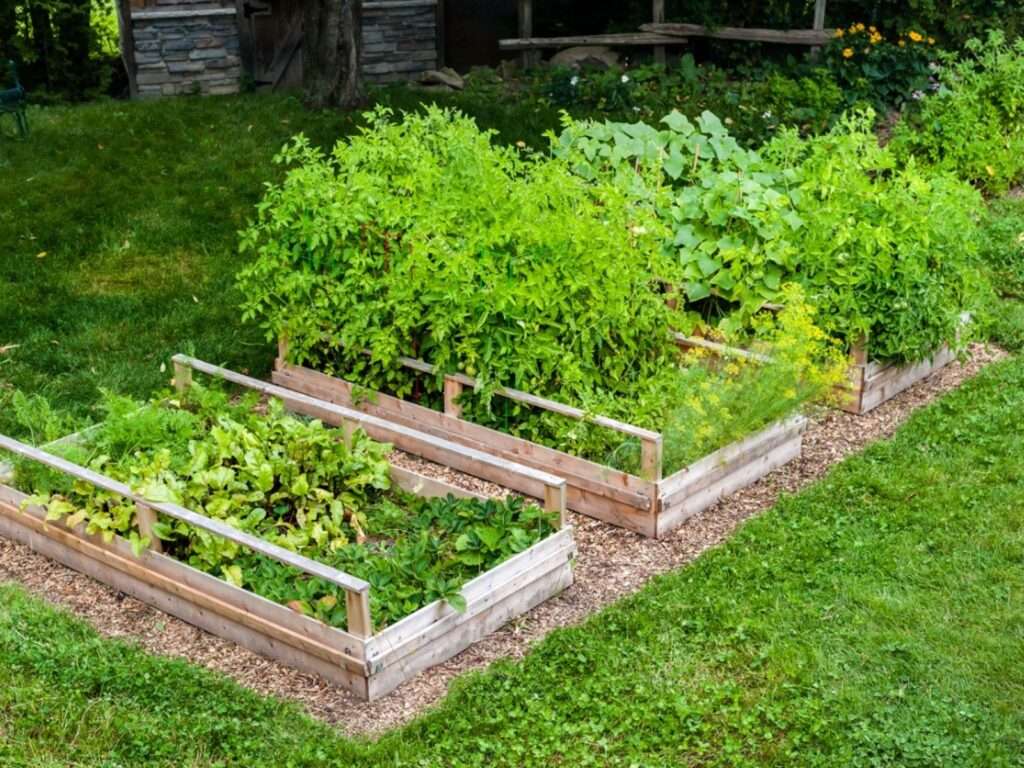
Limited gardening space
One significant disadvantage of raised beds is their limited gardening space. While raised beds can be constructed to any desirable size and shape, they are ultimately confined to a specific area. This can be a drawback if you have a large garden or if you want to grow a wide variety of plants. The restricted space may limit your ability to experiment with different crops or grow plants that require more room to spread out.
Higher initial setup costs
Another disadvantage of raised beds is their higher initial setup costs compared to traditional gardening methods. Constructing raised beds requires materials such as wood, concrete blocks, or other building materials, which can add up in terms of expenses. Additionally, if you choose to purchase premade raised bed kits, the cost can be even higher. This can be discouraging for beginner gardeners or those on a tight budget.
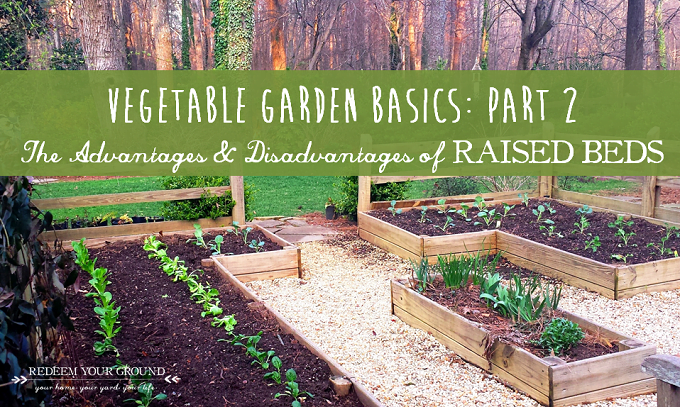
Difficulty in accessing plants
While raised beds offer the advantage of improved accessibility, they can also present challenges in terms of accessing the plants themselves. While they are elevated and can be easier to reach, this convenience may diminish as plants grow taller and more bushy, making it difficult to reach the innermost parts of the bed. It may require stretching or leaning over the sides, which can be uncomfortable or even unsafe for some gardeners.
Limited soil volume
One of the main drawbacks of raised beds is their limited soil volume. Since they are elevated from the ground, the soil in a raised bed is confined to the depth of the bed itself. This means that plants may have less space for their roots to grow compared to planting directly in the ground. This can be a disadvantage for plants that require deeper root systems or those that need more space to establish and spread their roots.
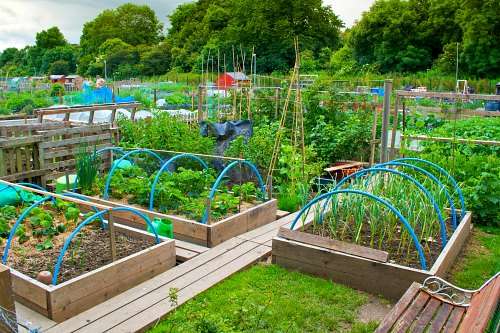
Less flexibility in crop rotation
Crop rotation is an essential practice in gardening that helps to promote soil health and prevent the buildup of pests and diseases. However, utilizing raised beds can limit your ability to rotate crops effectively. Once a raised bed has been established and filled with soil, it can be challenging to rotate crops without completely starting over with new soil. This can lead to a decrease in soil fertility and an increased risk of pest and disease problems.
Susceptibility to extreme weather conditions
Raised beds, especially those that are above ground level, can be more susceptible to extreme weather conditions than traditional gardens. During hot summer days, the soil in raised beds can dry out more quickly, requiring more frequent watering. In contrast, during heavy rainstorms, raised beds can become saturated with water, leading to poor drainage and waterlogging. These extreme conditions can be detrimental to plant health and survival.
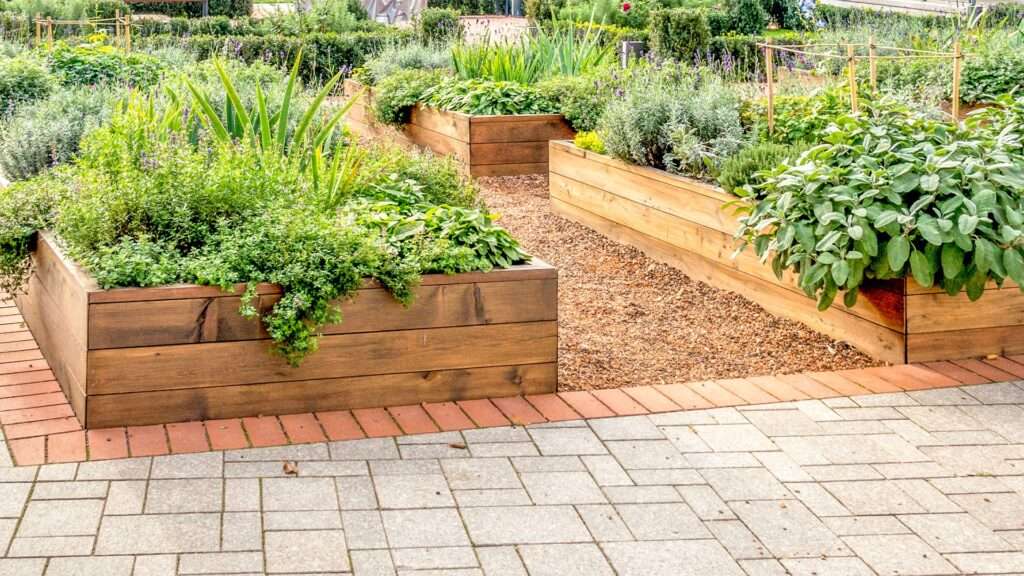
Higher water requirements
Due to their elevated nature and limited soil volume, raised beds often require more frequent watering than traditional gardens. The soil in raised beds tends to dry out more rapidly, especially during hot and dry periods. This increased water demand can be a disadvantage for those living in water-restricted areas or for individuals who prefer a low-maintenance garden.
Risk of soil compaction
While raised beds offer the benefit of improved soil drainage, they also present a risk of soil compaction. Since the soil in raised beds is elevated and contained within a confined space, it can become compacted over time, especially if not properly maintained and aerated. Compacted soil hinders root growth and nutrient absorption, leading to stunted or underperforming plants.

Limited deep rooting
Deep-rooted plants such as carrots, parsnips, or tap-rooted vegetables may struggle to thrive in raised beds due to the limited soil depth. These plants require an adequate depth of loose and uncompacted soil to establish their roots and access nutrients from the deeper layers. Raised beds may restrict the root growth of these deep-rooted plants, resulting in smaller or malformed roots.
Increased risk of pest infestation
While raised beds can offer some protection against garden pests, they can also increase the risk of pest infestations. The elevated nature of raised beds can create a warm and protected environment for pests such as slugs, snails, or aphids. Without the natural barriers provided by the ground, these pests may find it easier to access and damage your plants. Regular monitoring and pest control measures are essential when using raised beds.
Poor drainage and waterlogging
Although raised beds are generally associated with improved soil drainage, poor design or inappropriate material selection can lead to drainage issues. If the raised bed is not properly constructed with sufficient drainage holes or if the soil used does not promote good drainage, the bed can become waterlogged, causing root rot and other water-related problems for your plants. Proper planning and attention to drainage are crucial when utilizing raised beds.
Dependency on irrigation
Raised beds often require more frequent watering, as mentioned earlier. This increased water demand can lead to a higher dependence on irrigation systems. While some gardeners may not see this as a disadvantage, it is important to consider the added time and effort required to maintain and operate irrigation systems. Additionally, relying heavily on irrigation can increase your water consumption, which may not be sustainable in certain regions.
Difficulty in integrating with existing landscape
If you have an existing landscape or garden design, incorporating raised beds may pose challenges in terms of aesthetics and integration. Raised beds can significantly alter the overall appearance of your garden and may not seamlessly blend with the existing landscape. Careful consideration should be given to ensure that raised beds enhance the overall beauty and functionality of your garden.
Conclusion
While raised beds offer numerous advantages for gardening enthusiasts, it is essential to consider their drawbacks before committing to this gardening method. The limited gardening space, higher initial setup costs, difficulty in accessing plants, limited soil volume, and less flexibility in crop rotation are some of the disadvantages associated with raised bed gardening. Additionally, the susceptibility to extreme weather conditions, increased water requirements, risk of soil compaction, limited deep rooting, higher pest infestation risk, poor drainage, dependency on irrigation, and difficulty in integrating with the existing landscape are important factors to consider. By understanding these limitations, you can make an informed decision about whether or not raised beds are suitable for your gardening needs. Remember to weigh the pros and cons, and choose the gardening method that aligns with your preferences, resources, and goals. Happy gardening!

